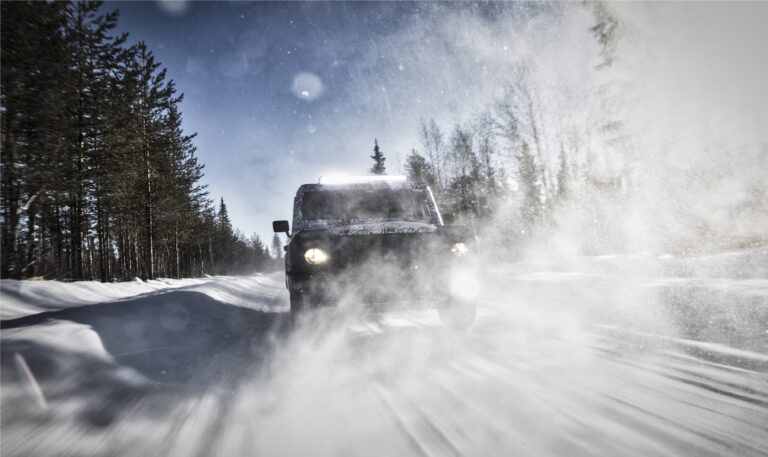Dear Mr Baraza,
Thanks for your articles. My relatively new Toyota Fielder (1800cc) stalled in town the other day.
I tried to restart it in vain, despite the fact that the car had enough fuel and the battery was well charged.
After hustling to get it off the road and to a nearby petrol station — all the way cursing the uncertainty of modern cars — I called my electrician who, after a series of checks, said the relay had burned out.
I imagined that happening in a remote place with no electrician or mechanic nearby to decipher such problems, and couldn’t believe how lucky I had been.
What causes such problems, and how do we best avoid them? Also, any tips on the basic things to check on the engine, especially when embarking on along journey, would be most appreciated.
Regards,
Patrick.
———————
Hello Patrick,
My heartfelt sympathies for your woes, but let us cut the emotional greetings and get cracking.
As I read through your mail, my first suspicion was that maybe your car has an engine cut-out that nobody told you about, but apparently that was not the case.
You say that your NZE wagon is “relatively new”. How relative is relative? That the relay got fried suggests you (or a previous owner, if any) must have been cranking the engine abusively. That is, when turning the key, you hold it too long in the “START” position before releasing it.
This usually damages the ignition system, of which the relay is a part. When starting your car, a quick turn and release of the key is all it takes for the engine to come to life, especially if the car is new, relatively or not.
Holding it in the “START” position for one and a half seconds is long enough for this.
About preparations for a journey to the bundus, checking the electrical system of your car is best left to the experts, but a physical check is necessary to see if repairs are necessary.
A quick glance at the bonnet should tell you whether wires are getting loose, frayed or naked (number one cause of short circuits).
Also, any warning lights in the instrument panel should be dealt with accordingly. Check your tyres for tread depth and pressure.
Check the sidewalls for cracks. Make sure the rubber tyre sits true within the rim. Bounce your car a bit (by pressing down hard on each corner) and observe the suspension reaction.
The car should bounce back up and settle just once. Make sure there is enough water in the radiator. Do the same with the oil.
If the oils is due for replacement (black in colour instead of a shade of brown similar to light strong tea), change it. Don’t add fresh oil hoping it will dilute the filth.
Make sure all your lights are working, and working well, and that all your windows are sufficiently transparent.
Seconds before taking off, adjust the driver’s seat to its most comfortable setting (for you), and all your mirrors such that you get a 360 degree view of your car (blind spots notwithstanding).
Make sure you are sober and not sleepy. From there, you can wave goodbye to anybody standing nearby and set off on your trip.
Oh yeah, and before all this, if your car was due for service, just before taking off for your trip, get the service done first, then take off.




